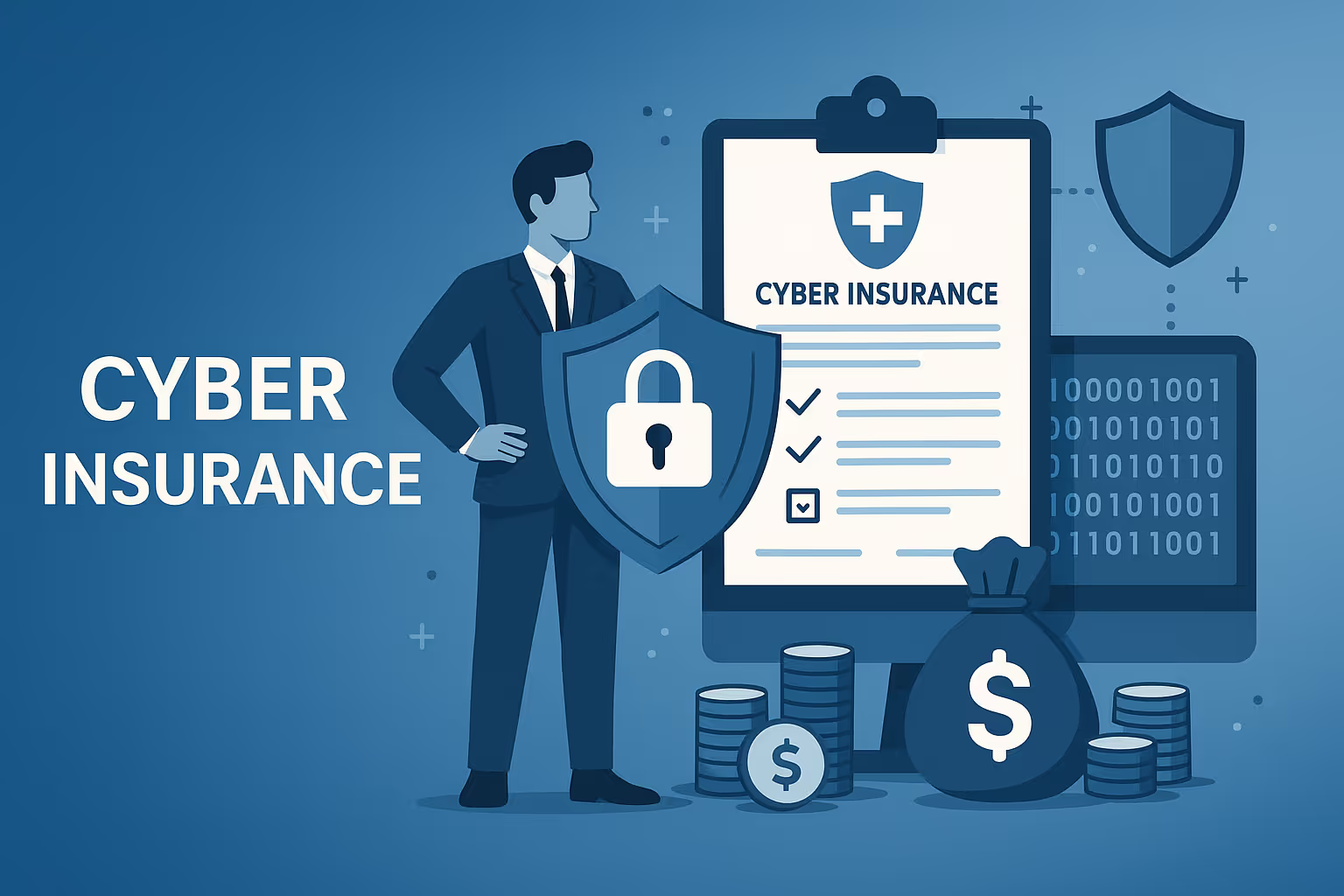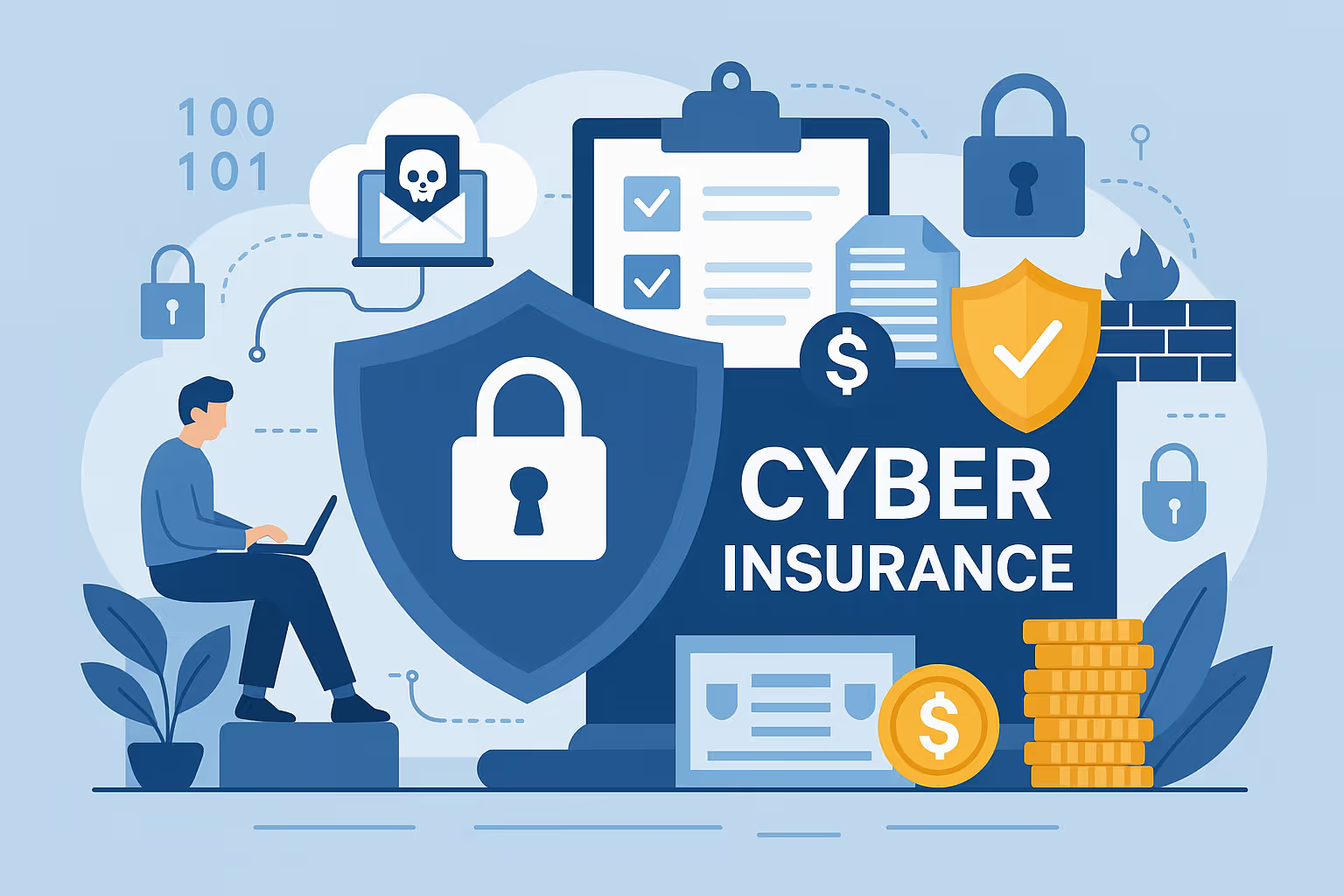
How to get...
For organizations in the Education sector in the United States, understanding how to get cyber insurance for Education involves a detailed, structured process. This procedure ensures that your school, college, or university secures coverage that reflects its unique risk profile. The steps include:
Each of these steps is designed to create a robust application that not only meets insurer requirements but also aligns with the unique challenges faced by educational institutions. This structured approach, from risk assessment through to compliance maintenance, ensures you secure the most appropriate and cost-effective cyber insurance coverage.

Who provides...


Why need...
U.S. educational institutions are prime targets for cyber criminals due to the vast amount of sensitive data they hold, including student records, research information, and financial data. This makes cyber insurance for Education in the United States an essential safeguard.
To mitigate these risks, obtaining cyber insurance for Education is crucial. This coverage not only assists with the costs associated with incident response and system recovery but also supports legal defense and regulatory compliance measures. By directly addressing financial, legal, and reputational damages, cyber insurance acts as a resilient safety net for the U.S. Education sector.
Build Security with OCD Tech That Meets the Standard — and Moves You Forward
Contact Us
US Education cyber insurance requires strong risk controls. It demands data protection & compliance. Protects students and reputation.
Cyber insurance requirements for Education stipulate that schools and universities must provide clearly documented cybersecurity policies and procedures. Insurers require detailed documentation to assess the organization's risk management framework.
Providers expect educational institutions to maintain up-to-date network defenses like firewalls, encryption, and endpoint protection systems. These technical controls are critical for deterring unauthorized access and breaches.
Insurers require evidence that educational organizations adhere to regulatory standards such as FERPA, ensuring the protection of student data. Compliance demonstrates commitment to data privacy and security.
Applicants must provide records of any past cyber incidents along with remediation and incident response strategies. Detailed breach history assists insurers in understanding risk exposure.
Educational institutions are expected to implement regular cybersecurity training for staff, students, and faculty. This requirement underscores the importance of human factors in cybersecurity.
Secure Your Business with Expert Cybersecurity & Compliance Today
Contact Us


Differences by State...
When purchasing cyber insurance for Education in the United States, organizations must understand that state-specific regulations can profoundly affect coverage details. For example, states like New York, California, and Texas have different requirements that impact the way institutions evaluate, purchase, and maintain their cyber insurance policies.
Overall, these differences mean that education sector organizations must conduct thorough research and consult with experts to tailor their cyber insurance policies to state-specific risks. Evaluating the compliance obligations, coverage limits, and premiums dictated by each state helps ensure that the chosen policy meets both legal requirements and the institution’s unique operational needs.
By focusing on detailed state-specific factors, educational institutions can secure cyber insurance policies that not only provide robust coverage but also support ongoing risk management and compliance efforts in the digital age.

Compliance & Frameworks...

Audit. Security. Assurance.
IT Audit | Cybersecurity | IT Assurance | IT Security Consultants – OCD Tech is a technology consulting firm serving the IT security and consulting needs of businesses in Boston (MA), Braintree (MA) and across New England. We primarily serve Fortune 500 companies including auto dealers, financial institutions, higher education, government contractors, and not-for-profit organizations with SOC 2 reporting, CMMC readiness, IT Security Audits, Penetration Testing and Vulnerability Assessments. We also provide dark web monitoring, DFARS compliance, and IT general controls review.
Contact Info
.svg)
OCD Tech
.svg)
25 BHOP, Suite 407, Braintree MA, 02184
.svg)
844-623-8324
.svg)
https://ocd-tech.com
Follow Us
Videos
Check Out the Latest Videos From OCD Tech!
Services
SOC Reporting Services
– SOC 2 ® Readiness Assessment
– SOC 2 ®
– SOC 3 ®
– SOC for Cybersecurity ®
IT Advisory Services
– IT Vulnerability Assessment
– Penetration Testing
– Privileged Access Management
– Social Engineering
– WISP
– General IT Controls Review
IT Government Compliance Services
– CMMC
– DFARS Compliance
– FTC Safeguards vCISO